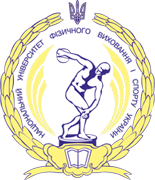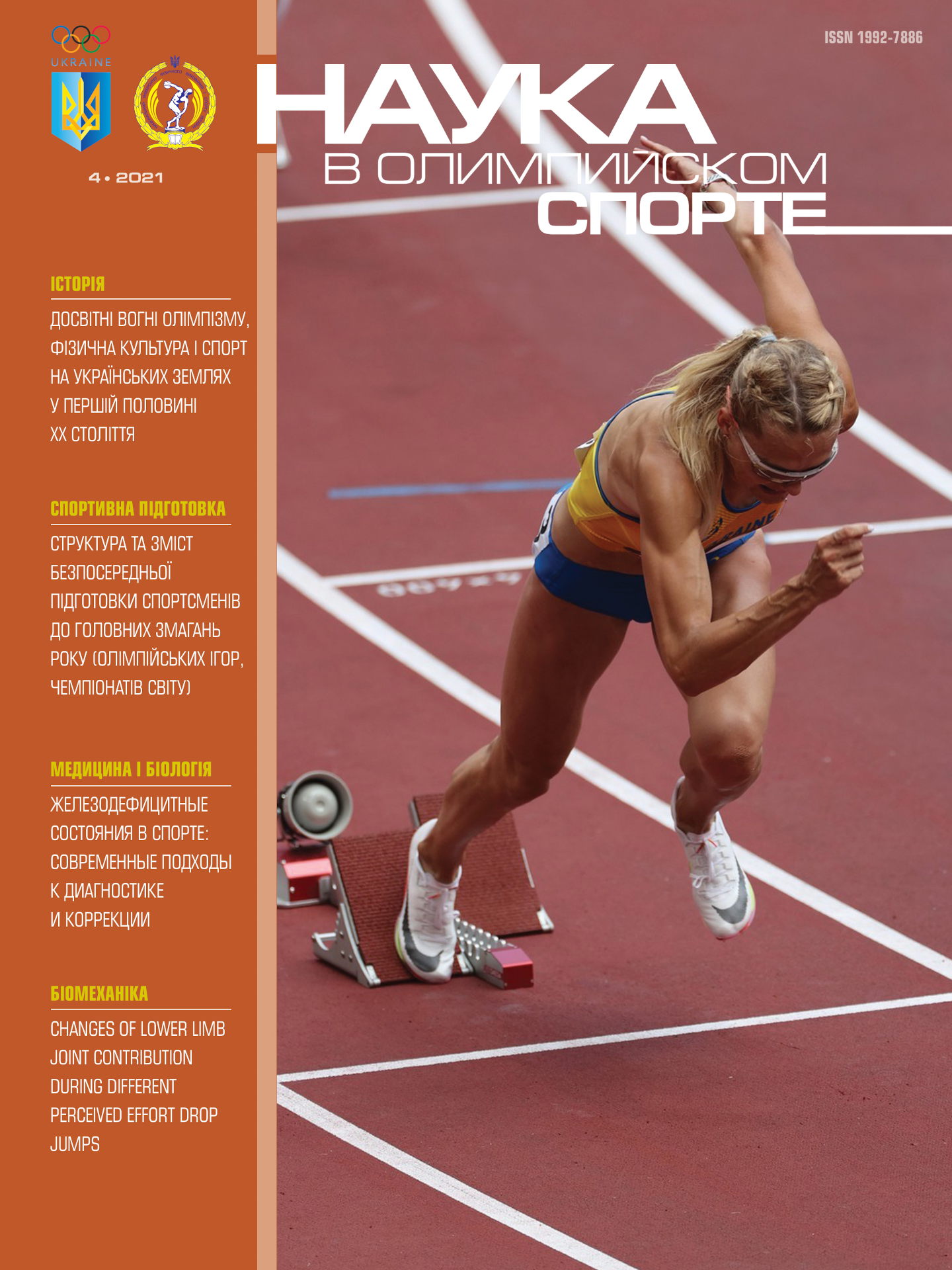Abstract:
Objective. To determine the key factors of the kinetic and muscular activity of the lower extremities to improve the technique and height during repeated vertical jumps.
Methods. Eighteen athletes (age 20.7 ± 0.9 years, height 1.79 ± 0.05 m, body weight 83.2 ± 15.2 kg) performed fi ve maximum vertical jumps on the power platform. Kinematic characteristics in the sagittal plane were measured using a high-speed video camera. The strength of the support reaction and electromyography (EMG) of the muscles of the lower extremities were recorded simultaneously.
Results. The average height of the jump was 0.34 ± 0.08 m, which positively correlated with the positive mechanical work of the ankle joint (r = 0.73, p <0.001) and knee joints (r = 0.60, p <0 , 01). Rotational impulse of the knee joint during the extension phase (r = 0.61, p <0.01), the maximum angle of backward inclination of the femoral segment (r = 0.72, p <0.001), EMG of the gluteus maximus , 60, p <0,01) and rectus femoris (r = 0,54, p <0,05) also positively correlated with jump height.
Conclusions. These data show that the knee joint plays an important role in achieving greater jump height. The large gluteal muscle generates greater torque to straighten the knee joint and signifi cant positive mechanical work to rotate the thigh forward, thereby accelerating the body vertically and ensuring a greater jump height.













